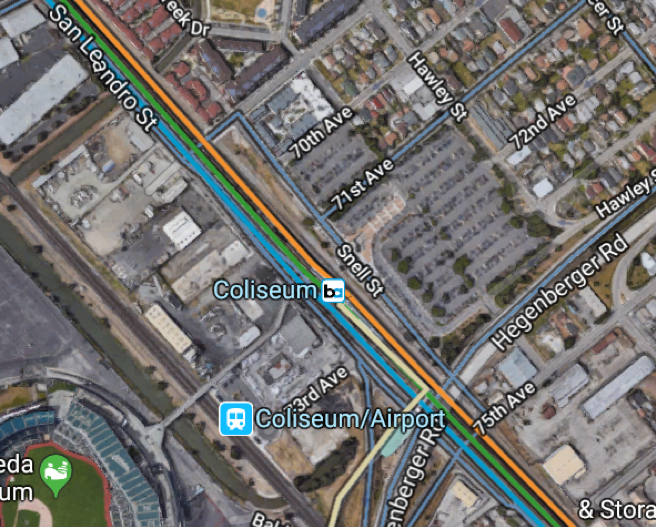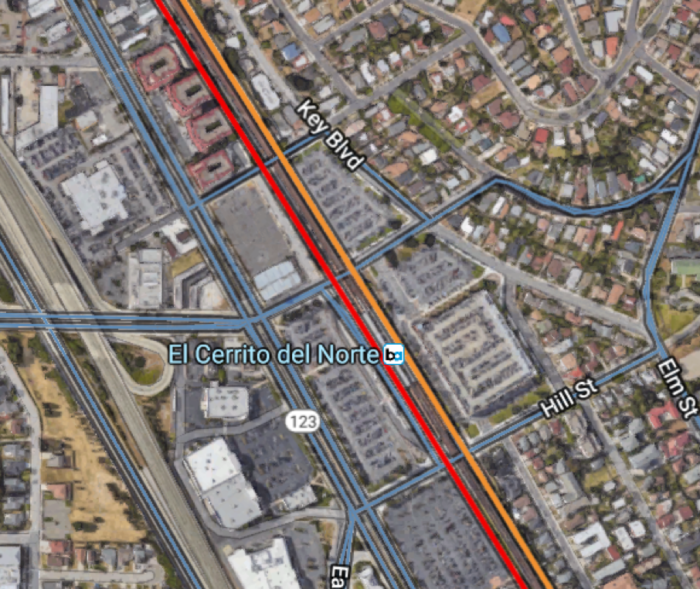A California Transit Agency Might Help Solve the Housing Crisis
Bill Makes BART City Planner of Last Resort for Station-Adjacent Land
Desperate times call for desperate measures. California’s housing shortage is the stuff of legend, with some of America’s highest rents found in the Bay Area. The failure of the region’s cities to allow enough housing to be built is one of America’s great policy failures, but each year the state passes a few bills that could make the shortage less acute. Governor Jerry Brown recently signed one such bill that will allow more housing to be built on property owned by the Bay Area Rapid Transit agency, or BART.
Right now, much of the land around rail stations is used for cheap commuter car parking. These parcels are a prime target for dense development aimed at rail riders that limits added traffic congestion on already-crowded freeways. Cities that zone land near rail stations with low or medium density make the California housing crisis worse than it needs to be.
This bill helps ensure that land owned by BART, a state-led agency, isn’t limited to low-density development by self-interested municipal governments. It directs these governments to increase the allowed density for BART-owned parking lots such that they may be redeveloped into residential apartments and condos.
If the governments fail to do so, the bill gives the transit agency the authority to rezone the 200 or so acres of land it owns to a density level appropriate of its transit-adjacent location.
This could generate about 20,000 new housing units by the time the zoning authority expires in 2029. Some stations are surrounded by dense development already, but others could see large new buildings constructed, such as near stations like Coliseum, and El Cerrito del Norte.


Some will object to the state legislature conditionally-delegating local zoning authority to a regional transit agency, but there’s reason to believe this change could allow the single wave of dense development needed to replace BART parking lots with transit-oriented buildings.
As a regional body and state-government owner of some of the region’s more valuable land, BART could be a more appropriate authority to regulate the use of the land around its stations than the various local governments that comprise the Bay Area. It has a reason to prioritize new homes over car storage if it means more riders on trains it already runs.
The California housing shortage isn’t going to solve itself. While more-liberal land use regulation by municipal governments would be the best answer, giving BART zoning authority might be a step in the right direction.
Catalyst articles by Nick Zaiac
